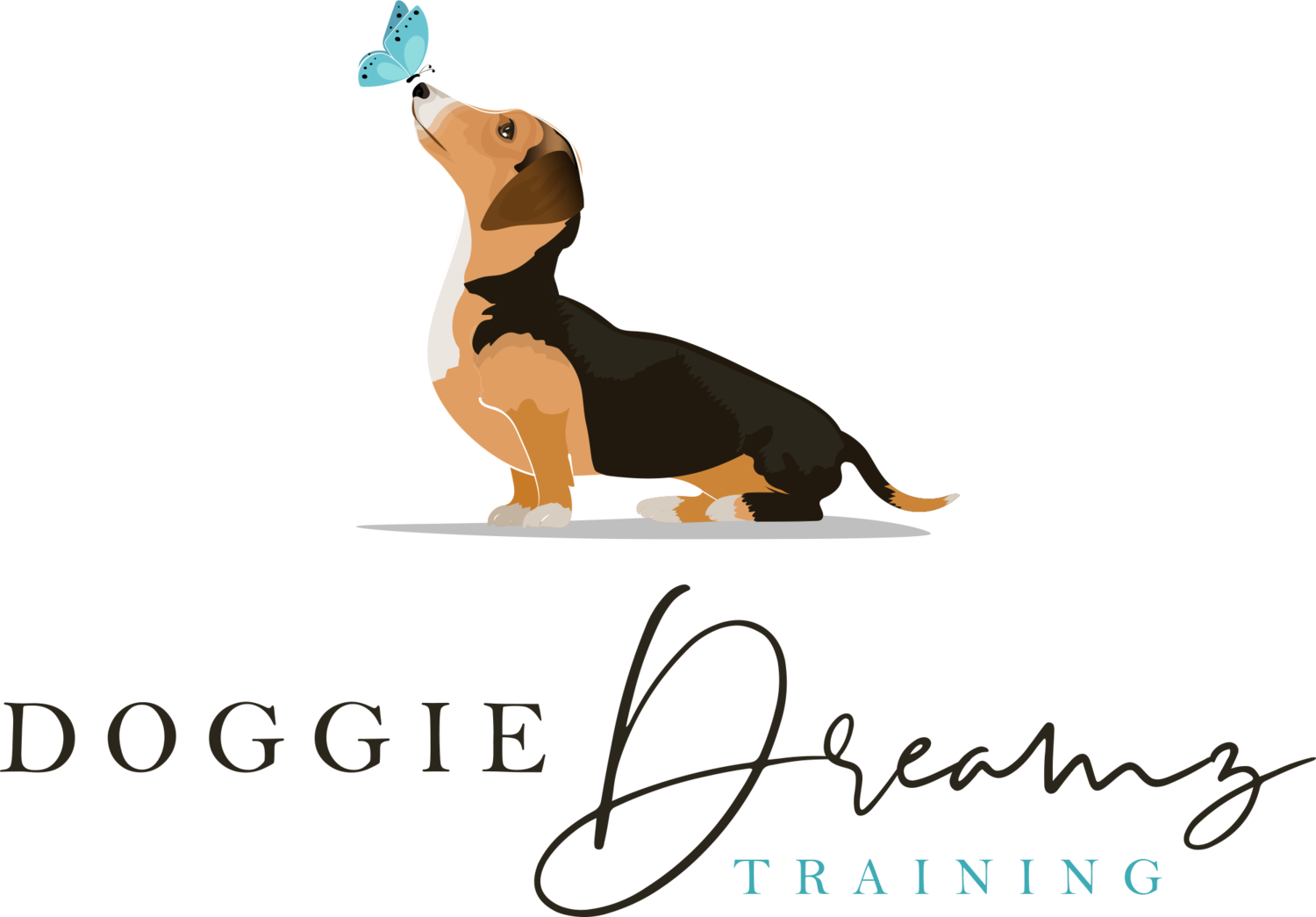
Pack drive and why it’s important
Dog trainers often talk about a dog's pack drive. Many dog trainers believe that dogs with a low pack drive are more likely to have behavioral issues later in their life. This is why I wanted to dive deeper into this subject to help better bridge the gap between behavioral theory and how it affects and benefits your everyday life.

Walking your Puppy
Many new puppy parents have envisioned taking their puppy on long walks or hikes for months while they wait to get the all-clear by their veterinarian. While it's great to have these goals for you and your puppy to one day do together, it's also important to start by going slow. Also begin taking steps to teach them about walking next to you inside your home, before they walk outside.

The Forever Dog book review

12 Days of Christmas Gift-Giving Guide
Every year we compile a list of 12 different companies or products for the first 12 days of December, that also donate to animal charities. We’ve been doing this list for over 5 years now and every year we introduce a variety of new companies that offer so many great products that also help our furry friends. I love researching and finding these companies that also share the same values we have here, at Doggie Dreamz.

CBD products and your Pet
Back in April of 2019, I wrote an article titled CBD Products and your Pet. Since then several companies and pet influencers have jumped on this growing trend in the pet health industry. Being that it has been over 3 years since I researched this topic and there have been numerous studies done in that time to examine the efficacy of CBD’s effectiveness on dogs and cats. I wanted to update my previous article with the newest information to help anyone reading this make a more informed decision about using CBD.
